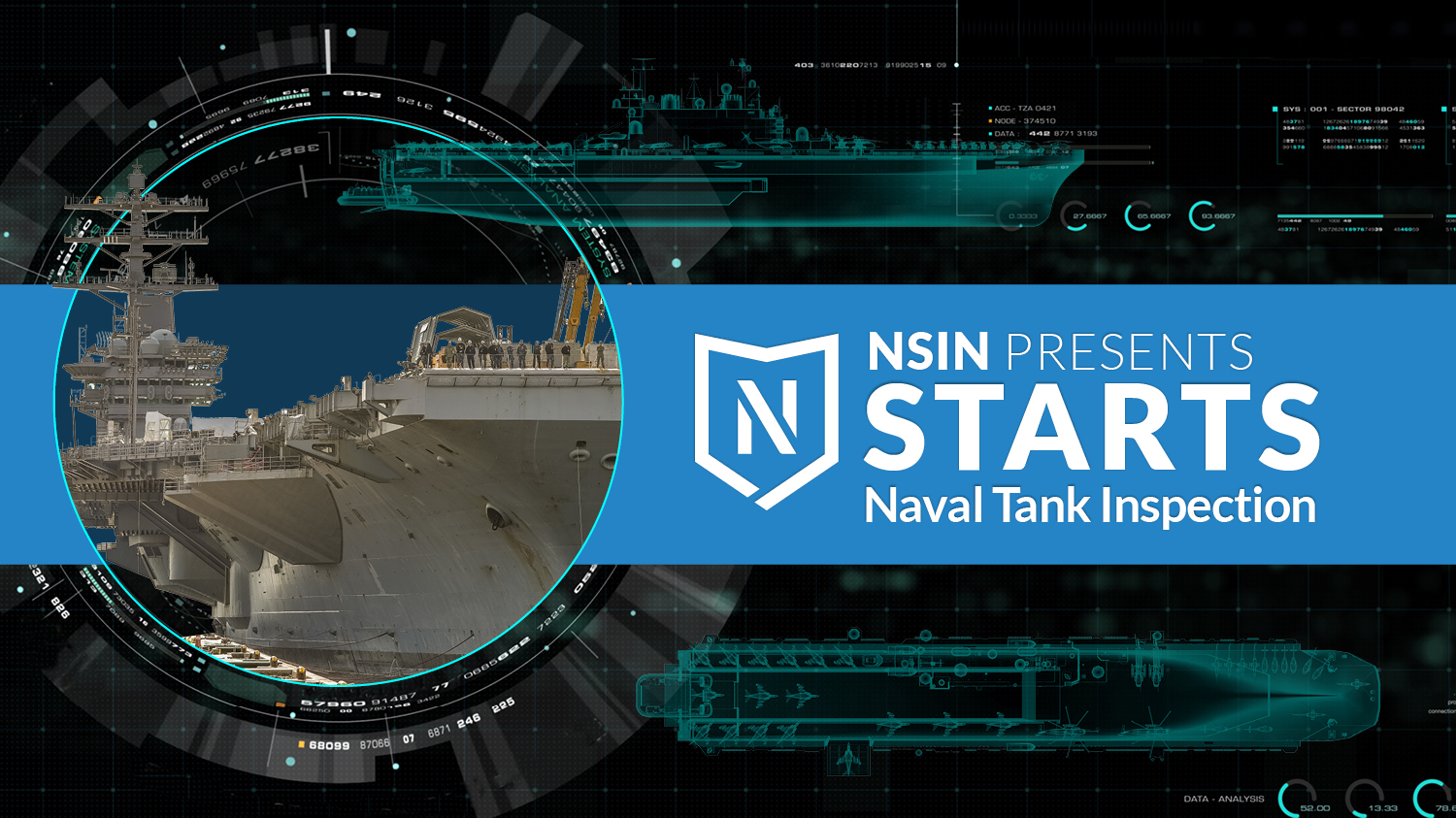
Navy Challenge Produces Innovative Solutions to Tank Corrosion

IPOZ Systems, an advanced engineering company based in Katy, Texas, was awarded $400,000 after winning both components of a pitch competition aimed at using emerging technologies to streamline the inspection of fuel and water tanks, both on land and at sea.
Last August, the National Security Innovation Network (NSIN), Naval Facilities Engineering Systems Command Expeditionary Warfare Center (NAVFAC EXWC), Naval Surface Warfare Center Port Hueneme Division (NSWC PHD), Naval Undersea Warfare Center Keyport Division (NUWC KPT), and NavalX hosted a pitch competition and demo day with subject matter experts.
While more than two dozen companies presented technologies, IPOZ, and its robotic inspection vehicle known as Vader (Vent Access Deployed and Extracted Robot System), took home the top awards.
The Navy came to NSIN with two problems:
- A need to improve data collection during the inspection of bulk liquid storage systems on land, such as fuel and water tanks without disrupting operations.
- A need to gather reliable, qualitative and quantitative data from ballast tanks at sea without requiring human entry or the need to empty, clean, and remove gas from the tank for the inspection to take place.
These inspection challenges come from the Navy’s goal to improve care for aging infrastructure and combat corrosion on ships, aircraft, and ground vehicles.
Inspections of Naval infrastructure can be time-consuming, expensive, and dangerous. The uniquely shaped spaces pose access challenges for inspectors and their tools. In addition to addressing the need to advance tank and void inspections, an autonomous solution would also support the Navy’s mission to make ships more autonomous. Lowering corrosion repair costs would also free up needed revenue for warfighting priorities.
The Force is Strong with Vader
Vader can fly into full tanks and collect data, mitigating the need for a human inspector. The system is equipped with strong electromagnets to secure the vehicle to the tank walls. From there, it utilizes photographic imaging and ultrasonic sensors to help determine the level of corrosion.
IPOZ is currently testing a third-party software solution that uses the acquired high-res images and cloud location data to generate a more in-depth analysis of corrosion.
Using imaging and artificial intelligence, Vader also collects data on other inspection points such as fractures, deformation, anodes, drains, and pipes. Vader also leverages digital terrain mapping to quantify any accumulated sludge.
The ten finalists each showed their solutions during the Spark Naval Tank Demo Day last September in San Diego.
“The program allowed us to network with stakeholders and validate the headaches they have,” said Damien Goodyear, IPOZ director of operations. “Our inspection technology will open opportunities in a service area that was once only accessible through confined space entry. With the ability to control robotics from a facility or remotely will allow more opportunities for warfighters to utilize their existing skill set and take part in routine inspections.”
About National Security Innovation Network
NSIN is a government program office within the Office of the Secretary of Defense for Research and Engineering (OSD(R&E)) that collaborates with major universities and the venture community to develop solutions that drive national security innovation. We operate two portfolios of programs and services: Talent and Venture. Together, these portfolios form a pipeline of activities and solutions that accelerate the pace of defense innovation.
For more information or interview requests with Team NSIN, please contact us at media@nsin.mil.